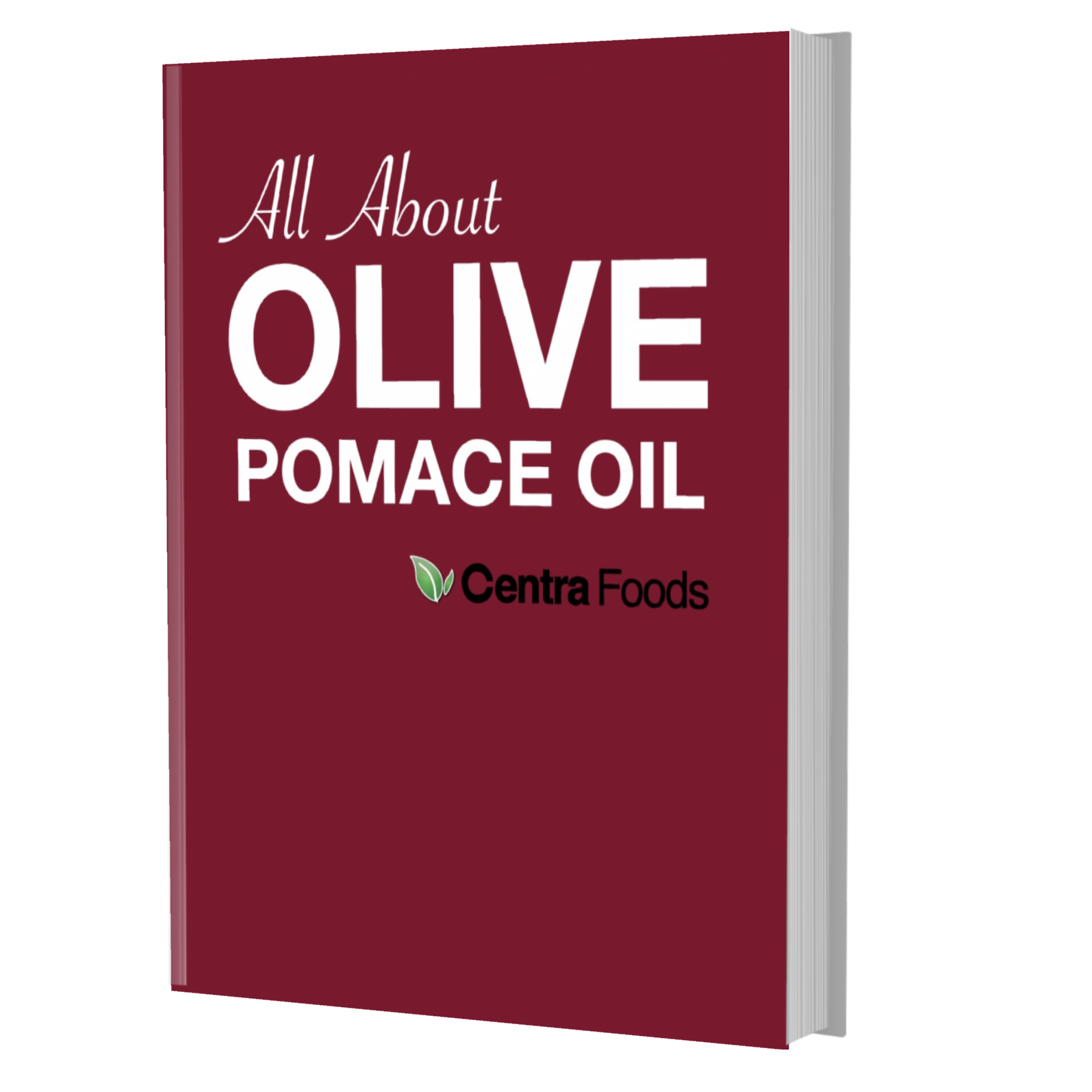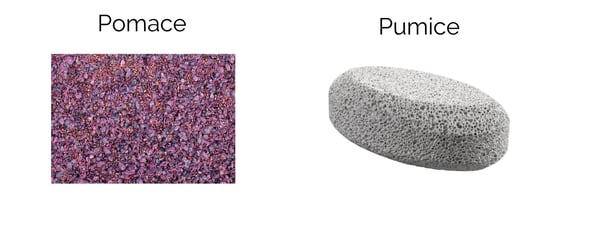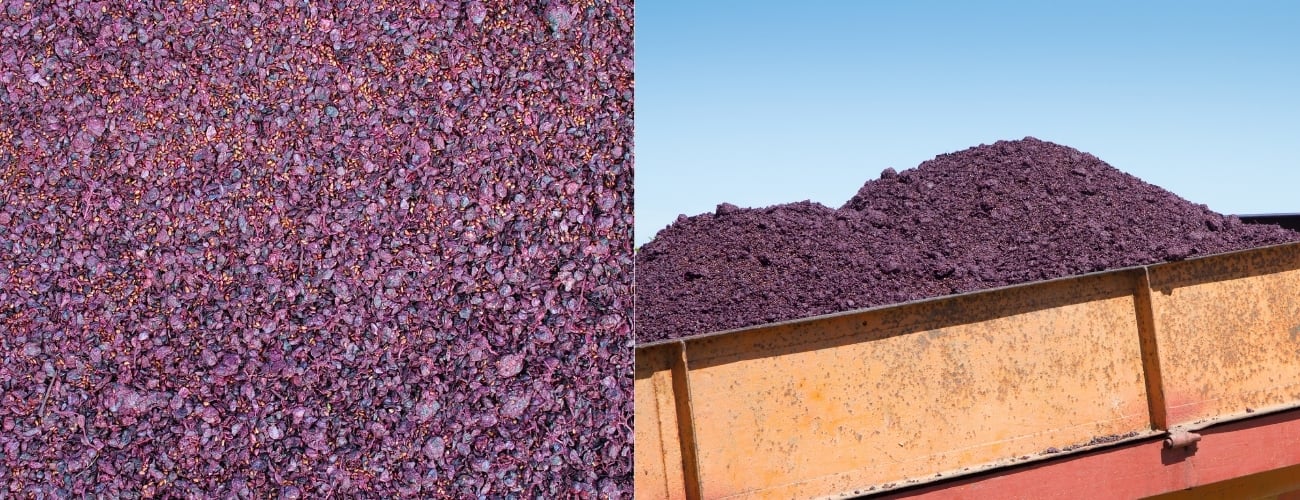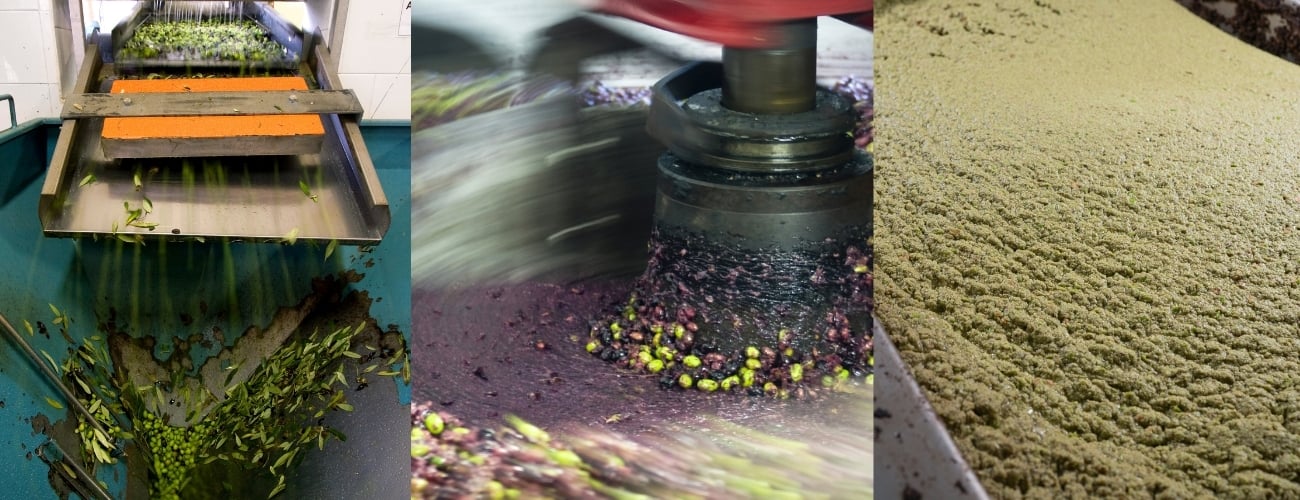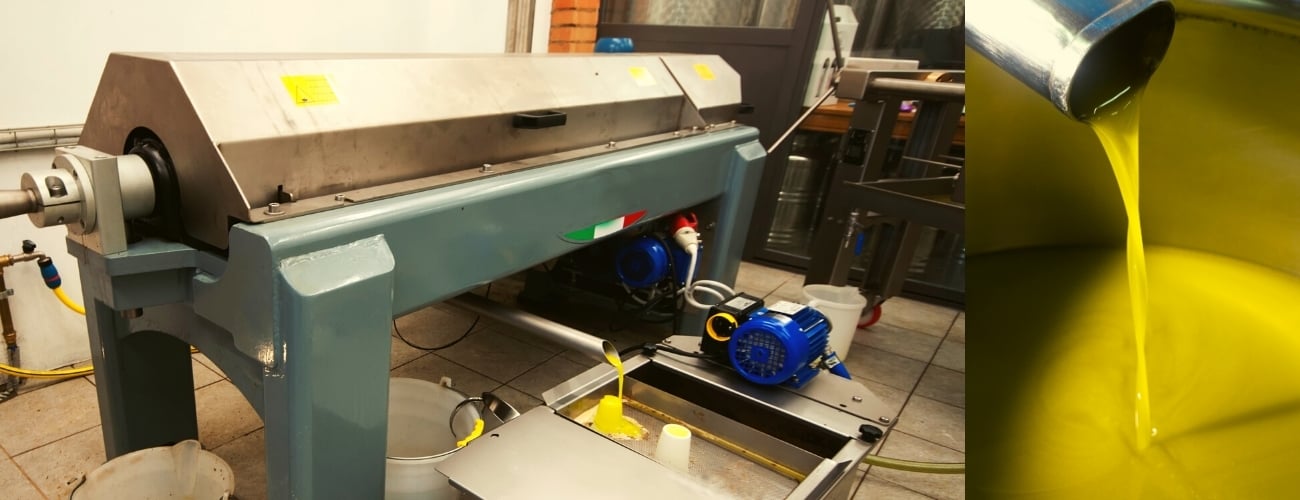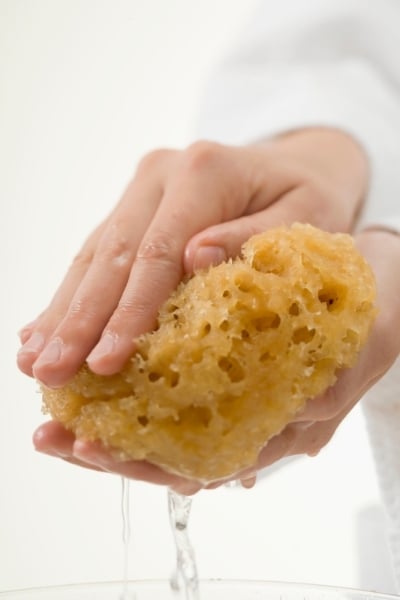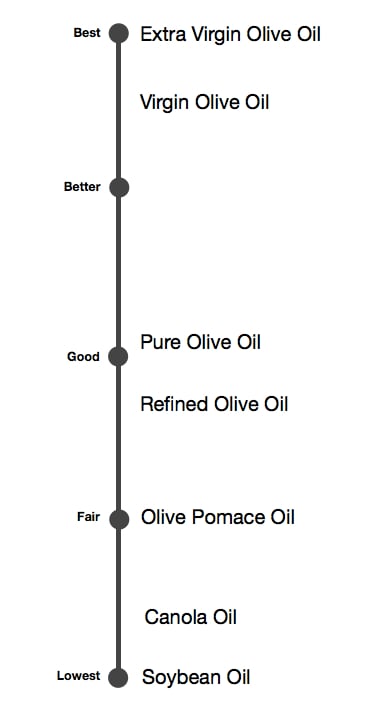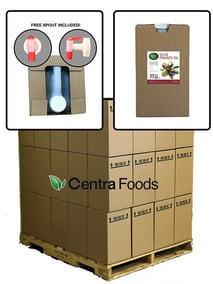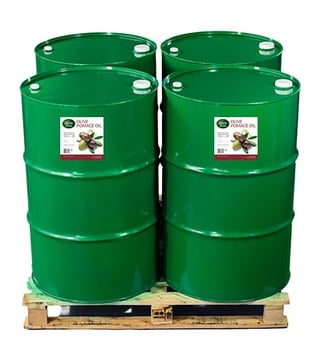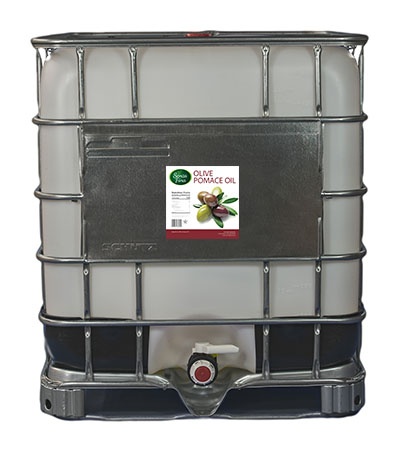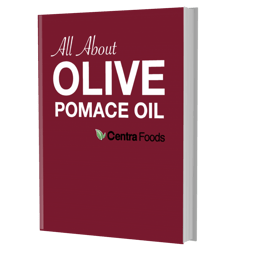Chapter 5: What’s Good About Olive Pomace Oil?
Why would anyone opt to use Olive Pomace Oil over other grades of olive oil — or for that matter, over other types of oils? Here’s why people like Olive Pomace Oil for their manufactured food and body care products.
Even If It’s A Lower Grade, It’s Still Made From Olives
Olive Pomace Oil is produced from the pulp and leftover flesh of the olives, after the first press of Extra Virgin Olive Oil is done. Even though it’s a lower grade of oil that makes use of the “leftovers” found in the olive remains, it is still produced from 100% olives.
Olive oil is one of the most well-regarded oils in the world. Even if it is a lower grade of olive oil, being “second best” is still better than many of the other oil alternatives out there in the market.
It Has A High Heat Tolerance
Olive Pomace Oil stands up to heat when you’re baking, cooking and doing hot-fill processes in manufacturing. This means that the heat used in cooking and the general process of making your food won’t damage the oil, including the taste or the smell. In comparison, this is debated with Extra Virgin Olive Oil, because it is a cold-produced oil and has a lower smoke point.
The reason it stands up to heat so well is actually because it’s already been submitted to the high heat refining process, so any flavor or color changes that would come from being heated to high levels have already occurred. It’s at its final resting color and flavor profile already, so it can stand up to hotter temperatures — that is, up until its’ smoke point, of course.
The smoke point of olive pomace oil is highly debated. Some say around 400 ˚F while others say up to 500 ˚F. For this type of olive oil, it will definitely stand up to heat better than an Extra Virgin Olive Oil would, but it is still suggested to keep the temperature below 425˚F.
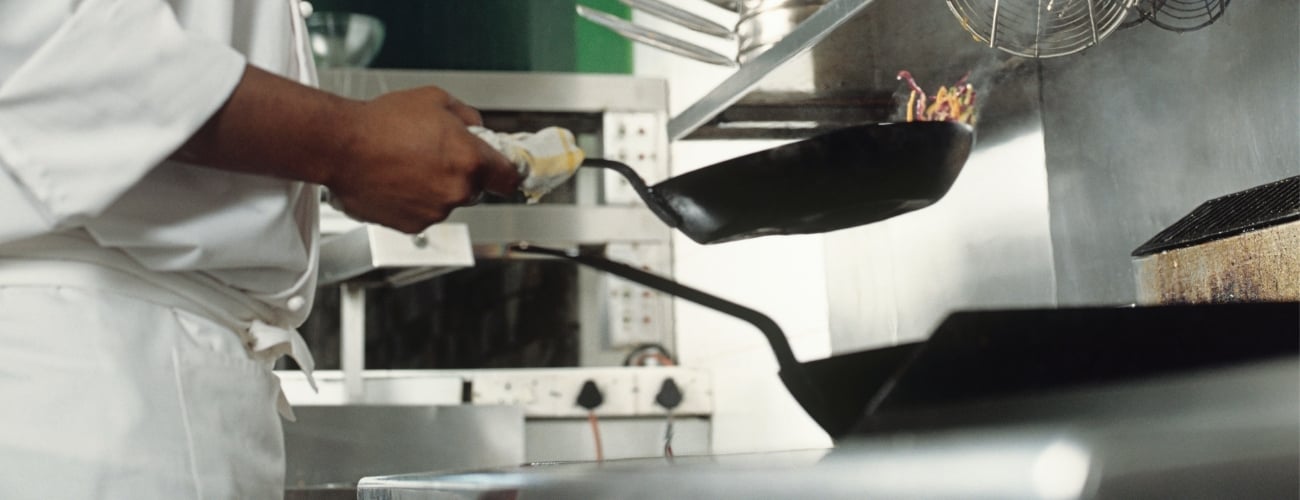
It Has A Mild Flavor
After Olive Pomace Oil is produced, it is refined. This refining process includes applying high heat (often in the form of steam) and a natural earthen bleaching clay that filters the oil to remove a lot of the color and flavor.
This means that for manufacturers who need an oil with a mild flavor profile (one that won’t affect the taste of their overall product), Olive Pomace Oil will fit the bill in a very similar way to how a sunflower, safflower, canola or soybean oil would.
If you’re looking for a mild olive oil that won’t affect your flavor profile, this is going to be it. If you, however, want the taste of olive oil to show up in your foods, Extra Virgin or Virgin Olive Oil is what you should be looking for.
It Made Of The Same Healthy Fats As Other Olive Oils
Fat is a vital component of a healthy diet. Though the concept of fat has been a contentious issues for decades, not all fats are actually bad for you. In fact, it is the type of fat that is important.
Monounsaturated fats (as opposed to saturated or polyunsaturated) are commonly found in nuts, seeds and olive oil and are considered to be a better-for-you fat. One reason is because monounsaturated fat doesn't oxidize in the body, while polyunsaturated fat does.
Many agree that these monounsaturated fats have the following benefits for a healthy body:
- Protects from chronic diseases
- Improves the arterial function in elderly individuals
- Reduces the risk of metabolic syndrome (a combination of obesity, high blood pressure, abnormal cholesterol and high blood sugar)
Olive Pomace Oil is still made 100% from olives, which means that the make up of fats or lipids inside the oil are still the same as in other olive oils. All olive oil has a high level of monounsaturated fats (the healthy fats) and a low level of saturated and polyunsaturated fats.
Even though this is a solvent produced oil, when lined up to other commonly solvent produced oils, the type of fat inside is much healthier than the other options.
It’s Naturally Non-GMO
All the grades of olive oil, including olive pomace oil, are naturally non-GMO. This means that there isn’t any genetically modified versions of olive oil that have been produced in the world. Because it is naturally non-GMO, it is deemed a “low-risk ingredient” by the Non-GMO Project™, which makes it a simple and easy choice to use in your next product that is being Non-GMO Project™ Verified.
As more and more consumers look for assurance that their food is non-GMO (or look for the butterfly seal of the Non-GMO Project) this naturally GMO free ingredient is an ideal choice.

It’s Gluten Free
Olive pomace oil is a naturally gluten free ingredient. This may seem obvious to some, but since many manufacturers now have to confirm using a gluten free statement on their packaging, it’s always helpful to reiterate.
Of course, you should always check that your supplier is packing in a gluten-free facility to avoid cross-contamination and get a gluten-free statement from them.
It’s Good For Product Marketing (For Manufacturers)
Olive oil is renowned as one of the healthiest oils available on the market. This is because all olive oil is high in monounsaturated fats and Extra Virgin contains special healthy properties.
Many customers in the natural foods industry prefer to see any type of olive oil on a label over all of the other oil options, even if it is olive pomace oil. For this reason, olive pomace oil can be a great point of marketing on your food product.
It Has A Lower Price Point
Olive pomace oil is the lowest grade of olive oil. It has the cheapest cost in comparison to all the other olive oil grades.
This means that if getting the lowest price is a priority for you — but you still want to use an oil made from olives — pomace should be near the top of your list of oils to consider.
On average, olive pomace oil costs about 47% less than Extra Virgin. However, this is just an average. From year to year, the disparity between the price of EVOO and Pomace can vary from approximately 30% to 60% so there can be a wide variation in the comparison of prices.
Aside from the obvious factor of quality, the biggest other factor that causes the variance between prices (aka, whether the price of Pomace is 30% lower than EVOO or if it’s 60% lower) is the olive oil market and the current global supply of Olive Pomace Oil compared to that of EVOO.
When there is less global production of either oil, you will see higher prices on that particular oil. There are some years that there is more supply of EVOO or more supply of Pomace, and that’s where the differences in price disparity usually come from.
Of course, there’s lots of different factors that can affect prices on top of that — bulk order volumes, packaging sizes, production levels between different harvest years, and more.
Chapter 6: What’s The Debate Around Olive Pomace Oil?
The debate surrounding Pomace all comes down to how it is produced. It is the only type of olive oil that is made using solvent extraction, which means that a solvent is added to the ground up olives to get the oil out. This is later evaporated in a high heat process, so it is completely removed from the final product that you eat.
Before you place any judgement on Olive Pomace Oil, first check your pantry (or your other product line ingredient statements, if you're a manufacturer) for any vegetable oil, canola oil, sunflower oil, soybean oil, corn oil, rice bran oil or grape seed oil — if they don’t say “expeller pressed” on the spec sheet, these other oils are also produced using the same exact method of solvent extraction. This is currently the oil industry standard of production, so it is very commonly found.
This should put things in perspective — many people are upset by the idea of an olive oil being produced in this way when compared to the liquid gold of Extra Virgin Olive Oil. At the same time, however, they continue to use these other solvent expelled oils without knowing how similar they really are.
Want other reasons why Olive Pomace Oil might not be a good fit fit you? Here they are below.
It’s A Refined Olive Oil
If you want an oil that has a fresh or strong olive flavor, olive pomace oil won’t be the best choice because it is so mild tasting.
Did you notice that this characteristic (that it's refined) is also listed a positive feature? This feature can be both a pro or a con for the taste profile of your product, depending on the flavor you’re looking for.
It Misses Out On The Unique Health Benefits In Extra Virgin Olive Oil
Olive oil has been touted as a great oil because of its many health benefits. Some of these benefits apply no matter which grade of olive oil you buy-- like the fact that it’s high in healthy monounsaturated fats.
Other health benefits are exclusive to Extra Virgin Olive Oil only, like the cancer-fighting polyphenols found in varying levels in fresh EVOO. Refined oil grades like Pure Olive Oil, Refined Olive Oil and Olive Pomace Oil miss out on these health benefits exclusive to first, cold-pressed, unrefined oils like Extra Virgin.
Your Product Depends On Extra Virgin For It’s Flavor
If your food (like a dressing, cracker, hummus, bread, etc.) uses Extra Virgin Olive Oil and the flavor profile comes in part from the fresh, strong taste of your Extra Virgin Olive Oil, switching to Olive Pomace Oil will not be for you.
Extra Virgin Olive Oil has a strong flavor that depends on olive varietal, but typically tastes buttery or peppery and fresh. It should always have a distinct and delicious flavor. Olive Pomace Oil is going to taste much more bland because it is a refined oil — like a sunflower, grape seed, or safflower oil would.
So, if you depend on the delicious flavor of EVOO to make your product, don’t expect that pomace will have the same results. You’ll want to stick with what you’ve got!


